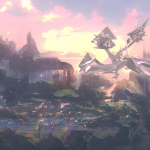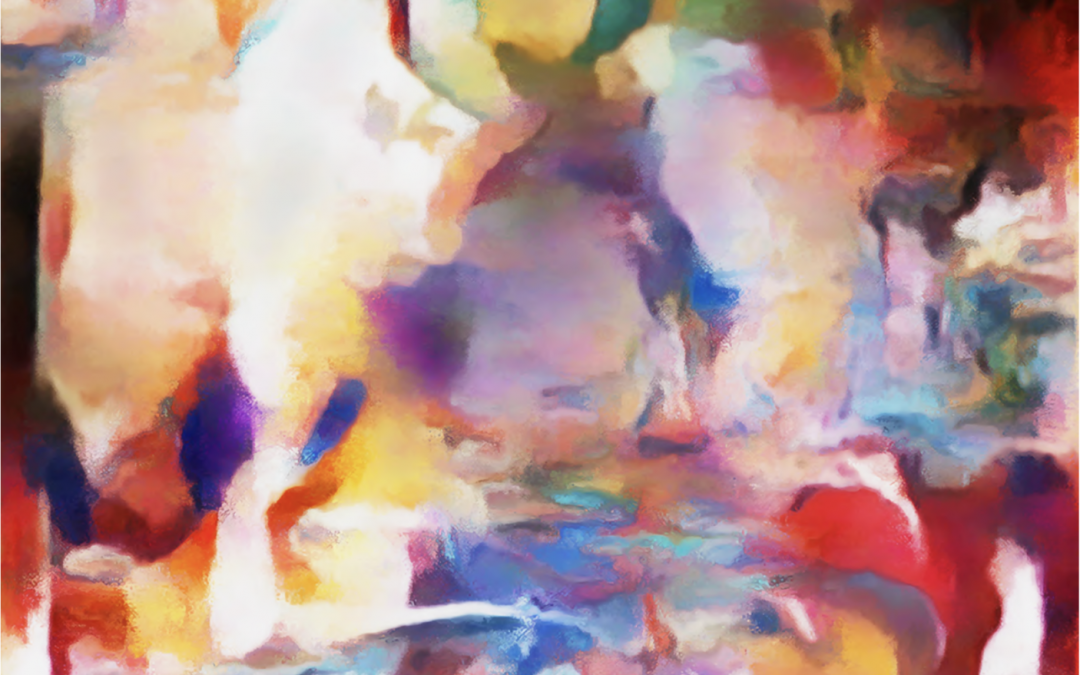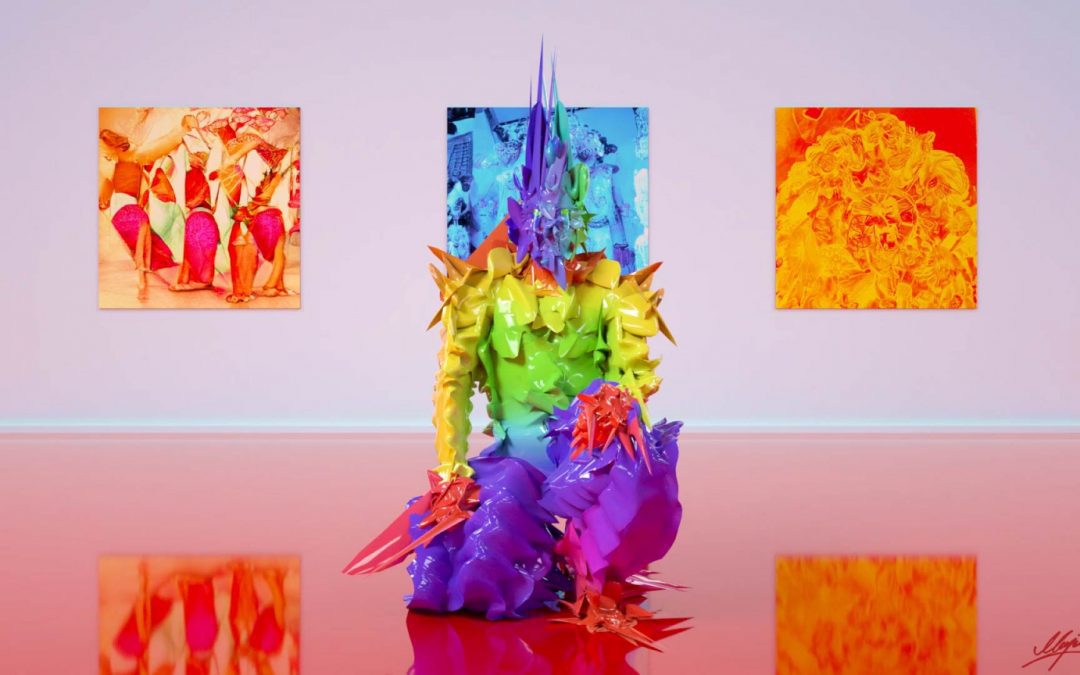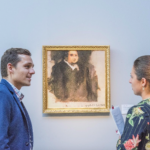The artist talks digital expression, pushing the surreal, and her collaboration with NARS Cosmetics.

The Hybrid Generative Art of Studio Nouveau
Studio Nouveau’s work is characterized by the fusion of many disciplines, which together present an immersive multimedia experience. Native to the Ethereum blockchain as ERC-721 tokens via SuperRare, their work embraces the scarcity NFTs bring to digital art. Pioneers of cryptowave music, they are among the first crypto artists to embrace rare 1 of 1 tokenized music recordings.
Studio Nouveau’s SuperRare album “Audiovisual” features music, images of digital sculptures, and GAN generated landscapes, fused into a video format and enhanced with visual effects. Their creative approach represents a hybrid of physical, digital, and generative techniques.
The team behind Studio Nouveau is Ture and Kaja Oslon, who combine their skills to make these works come to life.
For each of their audiovisual pieces, there are many steps that go into producing the final presentation. The process can be slightly different from piece to piece, but the ingredients are the same in a given series. Usually, the starting ingredients are either the music track, the digital sculpture, or the GAN generated landscape.
For each digital sculpture, Ture uses the 3D modeling software Blender to craft the abstract structures used in each piece.
This sculpting process is the first instance of physical actions versus generative modeling. Ture usually begins his sculptures with a simple geometric shape, then gradually sculpts this shape into a complex 3D composition.
Using the Blender software, you can select the faces, edges, and vertices of a geometric object and use a plethora of generative tools to alter the shape of said object.
For example, you can pull together or apart selected vertices, you can extrude or inset faces of an object, you can bevel, smooth, or shear surfaces and objects – the possibilities are vast. Ultimately, the sculptor selects the areas they want to alter, and the generative tools present a sliding range of outcomes to choose from.
This might be the most simple way to understand Ture’s sculptures – a long series of generative choices in 3D.
For the abstract landscapes used by Studio Nouveau, Ture utilizes the public GAN interface on the website artbreeder.com. This is the other primary generative element utilized in Studio Nouveau’s works.
In the most simple terms, GAN, which stands for Generative Adversarial Network, is a program designed to create something new which bears resemblance from the pool of entries fed into the program.
Artbreeder hosts a large pool of public images, which can also be combined with personal images uploaded to the platform. The landscape generator is the program Ture utilizes to create landscapes.
For each generated image, the artist can fine tune the amount of each “parent” image that affects your creation. This provides a fertile playground for the imagination and produces very interesting images and texture possibilities.
Once the Artbreeder image is produced and exported, sometimes additional filter alterations are made to the image using photoshop or other programs if need be.
At this point, Ture and Kaja refine the concept for the piece, and decide how they want to embed an image of the sculpture into the chosen GAN landscape. Kaja then uses Photoshop to create the final image composition.
The music, which is the other primary element of each Studio Nouveau piece, is composed and recorded by Ture. The music plays a large role in defining the emotional tone of each piece and determines the length. Each audiovisual pairing is between 1-1:30 minutes.
Ture’s music mostly utilizes keyboard and percussion triggered synthesizers and acoustic instrument samples, however Ture may include acoustic instruments in the future.
Ture’s musical style draws on many different influences, the result of which he describes as “cryptowave” – electronic music that is blockchain native.
Once the sculpture and landscape visuals are prepared and the music is finished, these elements are then transferred into video editing software for further processing.
A new layer of the composition is then created with video and lighting effects to add a moving visual element to the piece. The pacing of the music greatly influences the progression of the video effects. This is the final step in creating Studio Nouveau’s audiovisual pairings.
The generative tools used in the creation of Studio Nouveau’s audiovisual works are a key element of their visual style.
Tech





The Future of Giving is On-Chain: NFTs for Social Causes
Tony Fantano interviews artists and NFT project founders who sought to support Ukraine, gender equality and raise awareness about mental illness through selling art and building DAOs.
Curators' Choice





Curated Conversations: Emily Xie
SuperRare Labs digital editor Shutong Liu interviews Emily Xie about how her Art History and Engineering background informed her work, her past year as a full-time artist, and the generative art landscape.




















